Module 4 Ham & Cooked Pork
4 Preparation of pork for curing and injection
Last Updated: 5 Jan 2022.
4.1 Standard operating procedures for preparation of pork
4.1.1 All standard operating procedures, work instructions, quality attribute specifications (QAS), in-house mini specifications and finished product specifications shall. be established and maintained for the cooked ham or pork product type being manufactured. Relevant staff shall be trained against these.
4.1.2 The in-house ‘mini specification’ shall be developed in line with the QAS specified in clause 9.2 and provide through the use of words, measurements and/or photographs, specific quality attributes that clearly define acceptable and unacceptable key attributes for each finished product approved by the BMPA Quality Assured Ham and Cooked Pork module.
4.1.3 The mini specification shall be prominently displayed at appropriate points of the production line to assist staff with quality monitoring and compliance.
4.1.4 A documented check shall be carried out on each production run of finished product to verify that the quality standards are being achieved.
4.1.5 Where there is evidence of attribute failure, the site shall investigate root cause and implement corrective action. to minimise/prevent the issue from re-occurring.
Guidance
A range of methods may be used including injection, (cured or uncured) dry-curing, injection curing followed by immersion, injection curing followed by bag-maturing, massaging, tumbling etc. However, certain process methods may only relate to specific types of cooked ham/pork and these distinctions shall be observed.
The ‘mini spec’ is a short version of specific key quality attributes from the QAS displayed on the manufacturing line.
Evidence
Visual inspection of butchery and finished product standards at point of production. Review ‘mini specification’ and verification that the quality attributes are aligned to those detailed in the QAS and checking that the mini specification displayed corresponds to the product going down the packing line at the time of the audit.
4.2 Butchery standards
Butchery and trimming of raw pork cuts and primals shall be performed with minimum damage to the lean and fatty tissues.
Specifications shall be held that cover the butchery standards required for all raw pork materials intended to be used for BMPA Quality Assured Cooked Ham/Pork, as follows:
- Pork legs shall be separated from the side at a point not exceeding 150 mm from the anterior edge of the head of the femur
- The fore-end shall e separated from the side by a cut at right angles to the dorsal (loin) edge of the side and passing between the ventral ends of the third/fourth or fourth/fifth ribs.
- The back and belly shall be separated by a cut parallel to the dorsal edge of the middle, the location of the cut dependent on the width of the back required.
Evidence
Visual inspection of butchery standards aligned to specification. Copy of specification(s).
4.3 Thawing of frozen raw material
4.3.1 The charter participant shall have standard operating procedures, work instructions, and records in place to ensure the effective thawing of frozen raw pork material before curing or injection. This shall include the monitoring of product temperature during the thawing process.
4.3.2 The outer surface of the product shall not exceed +7°C during the defrosting period.
Evidence
Documented procedures for the thawing of frozen raw material. Examples of defrost temperatures records since the last audit
4.4 Raw material cleanliness
All prepared raw pork materials intended for curing and injection shall be clean, free of blood, bruising, bone splinters, dust and loose pieces of meat or glands.
Evidence
Visual examination of product.

